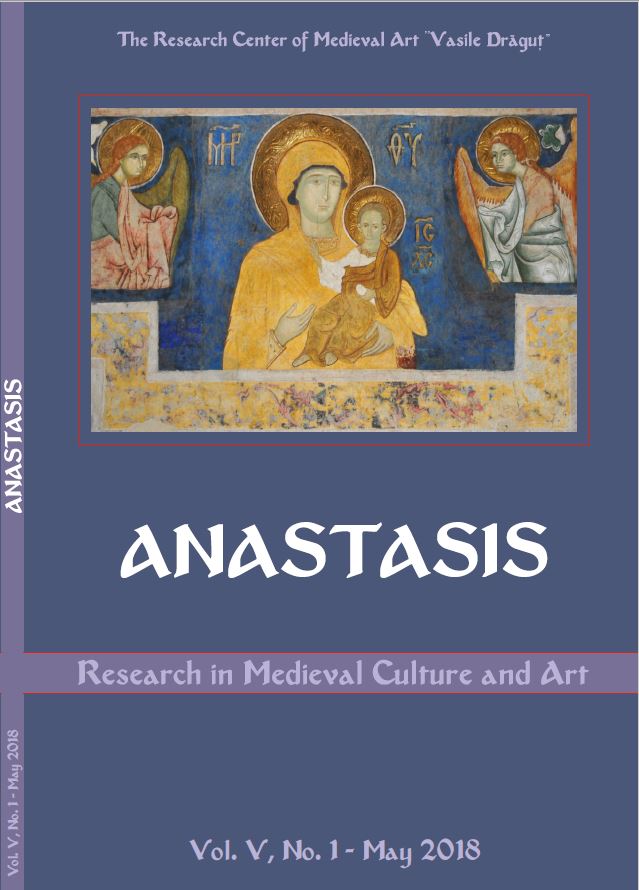Visual Litteracy and the Crux of the Visible: Is Stained Glass a Manifestation of the Diaphanous?
Visual Litteracy and the Crux of the Visible: Is Stained Glass a Manifestation of the Diaphanous?
Author(s): Oana Maria NaeSubject(s): Philosophy, Fine Arts / Performing Arts, Architecture, Visual Arts, Aesthetics
Published by: Editura ARTES
Keywords: Iconography; Stained Glass; Suger; Aesthetic of Light; Metaphor; Christian Theology
Summary/Abstract: The present paper addresses the tension between two possible readings of stained glass in relation to theological discourse, taking as case study the landmark Abbey of Saint-Denis. According to Norman Bryson, these readings may be characterized as discursive and figural. On the one hand, there is an iconological reading of stained glass as a suitable means for illustrating the Scriptures, which responds to an anagogical reading prompted by its material qualities (colour and light). On the other hand, we encounter its interpretation as a means of materializing the philosophical notion of diaphanous given its transparent nature and its aesthetic properties associated with light in the Middle Ages (lux, splendor, claritas). I claim that, in the particular situation of stained glass, these readings are not mutually exclusive, but complementary, given the anagogical function of stained glass imagery suggested by Panofsky’s reading of Suger. This can be seen as a way of conveying the distance between divine and created light found in early Christian philosophy. Thus, I claim that the metaphor of light, understood as a field of visibility and as a transcendental carrier of spiritual enlightenment (meta-phoros), becomes crucial for understanding the architectural function of stained glass within gothic architecture.
Journal: Anastasis Research in Medieval Culture and Art
- Issue Year: V/2018
- Issue No: 1
- Page Range: 110-129
- Page Count: 20
- Language: English

